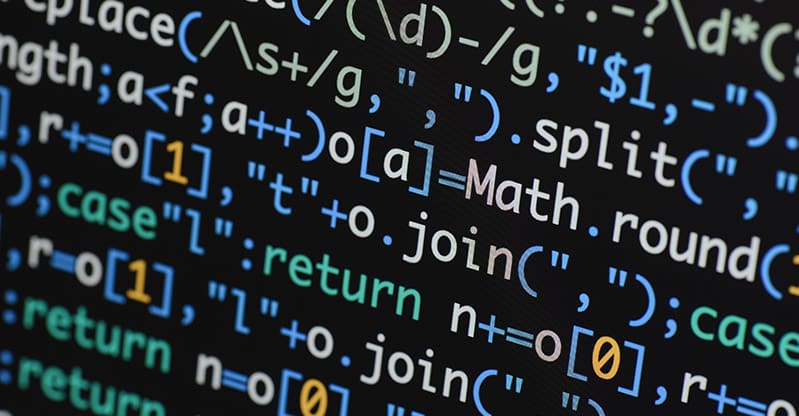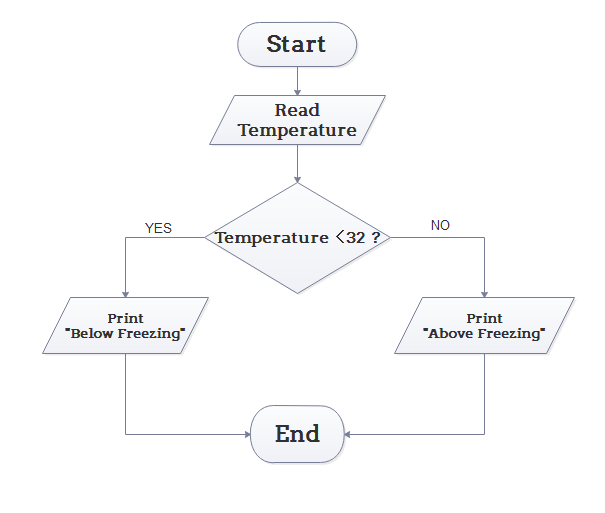

- #SIMPLE MATH ALGORITHM EXAMPLE HOW TO#
- #SIMPLE MATH ALGORITHM EXAMPLE UPDATE#
- #SIMPLE MATH ALGORITHM EXAMPLE FULL#
It might not seem like much, but after repeating this process 10,000 times, for example, the error plummets to 0.0000351085. After this first round of backpropagation, the total error is now down to 0.291027924. We calculate the partial derivative of the total net input to with respect to the same as we did for the output neuron:įinally, we’ve updated all of our weights! When we fed forward the 0.05 and 0.1 inputs originally, the error on the network was 0.298371109. Now that we have, we need to figure out and then for each weight: We can calculate using values we calculated earlier: We know that affects both and therefore the needs to take into consideration its effect on the both output neurons: We’re going to use a similar process as we did for the output layer, but slightly different to account for the fact that the output of each hidden layer neuron contributes to the output (and therefore error) of multiple output neurons. īig picture, here’s what we need to figure out: Next, we’ll continue the backwards pass by calculating new values for, ,, and. We perform the actual updates in the neural network after we have the new weights leading into the hidden layer neurons (ie, we use the original weights, not the updated weights, when we continue the backpropagation algorithm below). We can repeat this process to get the new weights, , and : Some sources use (alpha) to represent the learning rate, others use (eta), and others even use (epsilon). We figure out the total net input to each hidden layer neuron, squash the total net input using an activation function (here we use the logistic function), then repeat the process with the output layer neurons. To do this we’ll feed those inputs forward though the network. To begin, lets see what the neural network currently predicts given the weights and biases above and inputs of 0.05 and 0.10.
#SIMPLE MATH ALGORITHM EXAMPLE HOW TO#
The goal of backpropagation is to optimize the weights so that the neural network can learn how to correctly map arbitrary inputs to outputs.įor the rest of this tutorial we’re going to work with a single training set: given inputs 0.05 and 0.10, we want the neural network to output 0.01 and 0.99.

In order to have some numbers to work with, here are the initial weights, the biases, and training inputs/outputs: Additionally, the hidden and output neurons will include a bias. Overviewįor this tutorial, we’re going to use a neural network with two inputs, two hidden neurons, two output neurons.
#SIMPLE MATH ALGORITHM EXAMPLE FULL#
I really enjoyed the book and will have a full review up soon. If you find this tutorial useful and want to continue learning about neural networks, machine learning, and deep learning, I highly recommend checking out Adrian Rosebrock’s new book, Deep Learning for Computer Vision with Python. Backpropagation Visualizationįor an interactive visualization showing a neural network as it learns, check out my Neural Network visualization.

You can play around with a Python script that I wrote that implements the backpropagation algorithm in this Github repo. This post is my attempt to explain how it works with a concrete example that folks can compare their own calculations to in order to ensure they understand backpropagation correctly. There is no shortage of papers online that attempt to explain how backpropagation works, but few that include an example with actual numbers.
#SIMPLE MATH ALGORITHM EXAMPLE UPDATE#


 0 kommentar(er)
0 kommentar(er)
